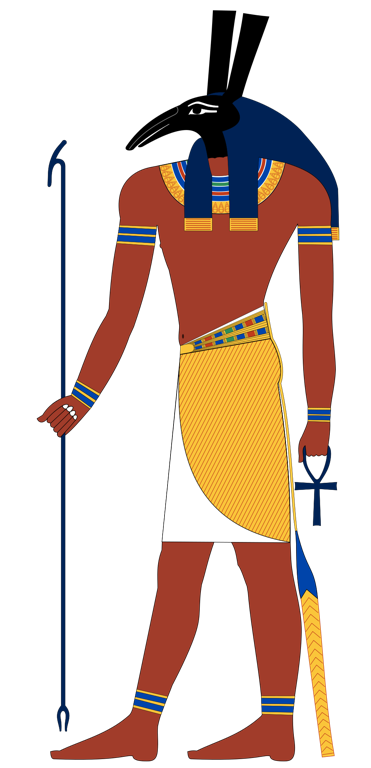In ancient Egyptian mythology, Seti, also known as Seth, stands out as a complex deity. He governs chaos, deserts, storms, and war. Unlike other gods, Seti’s story evolves over time. In early myths, he was a respected protector of Ra, the sun god. Seti would fend off the serpent, Apep, during Ra’s nightly voyage through the underworld. This role earned him the honor among the gods. As stories evolved, Seti’s image changed. He became known for trickery and violence, particularly in the Osiris myth. Here, Seti kills and dismembers his brother Osiris, only to be defeated by his nephew Horus. Despite his dark traits, Egyptians also saw him as a necessary force. He balanced out the order maintained by other deities. Seti’s complexity reflects the intricacy of Egyptian theology. It showcases their comfort with the duality of life’s forces.
Ancient Civilizations
All Ancient Civilizations, Cultures and People
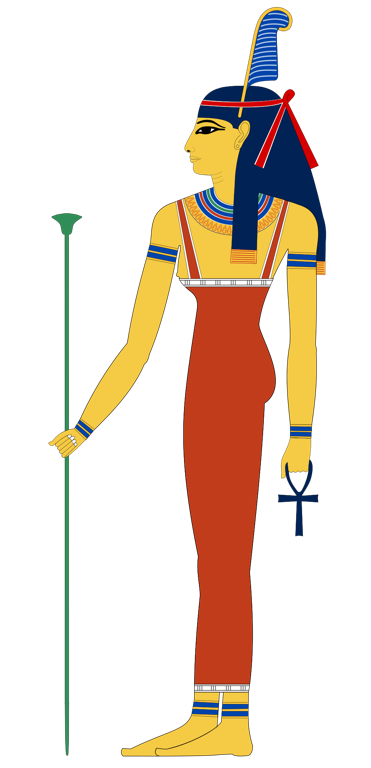
Ma’at Egyptian Goddess
The ancient Egyptian concept of Ma’at stands at the heart of the civilization’s ethos, representing truth, balance, order, and justice. Integral to both earthly life and the afterlife, Ma’at was not only a divine force but also an abstract idea. The Egyptians believed that adherence to Ma’at ensured the stability of society and the regularity of the cosmos. Pharaohs were its chief advocates and enforcers, responsible for maintaining Ma’at in the kingdom. This divine principle was visually depicted as a goddess, typically shown as a woman donning an ostrich feather or holding a scepter and ankh, signifying life. Temples and tombs frequently displayed representations of Ma’at, underscoring her encompassing influence on ancient Egyptian culture.
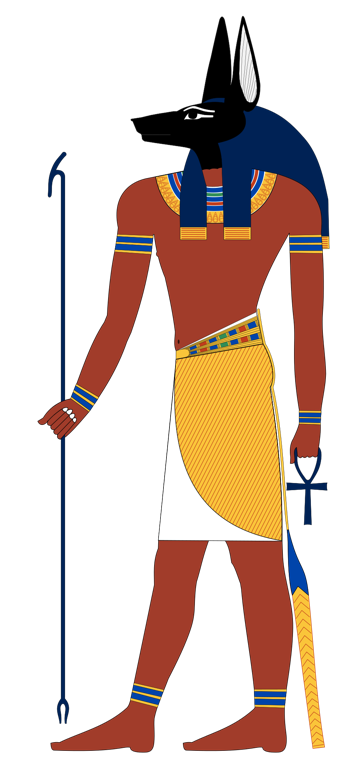
Anubis Egyptian God
Anubis is one of the most iconic gods of ancient Egypt, known for his role as protector of graves and guide to the afterlife. Often depicted as a man with the head of a jackal, Anubis is thought to have protected the dead from evil forces while they journeyed through the underworld. This deity assumed the role of the weigher of hearts during the judgment ceremonies, a critical stage where the souls of the deceased were evaluated for their worthiness to enter the afterlife. The practice of mummification is also tied to Anubis, as he is credited with embalming Osiris, the first mummy, setting a standard for the preservation of bodies to ensure their integrity in the world beyond.
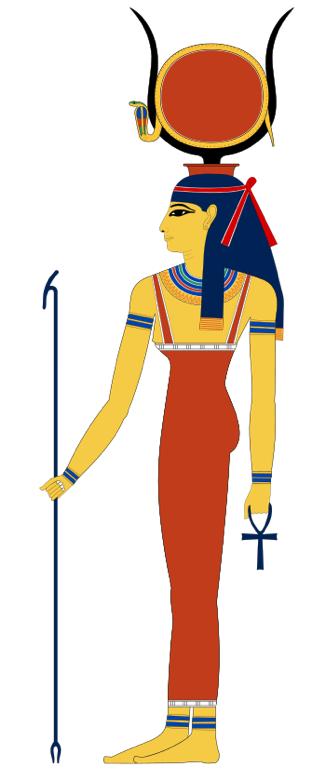
Hathor Egyptian Goddess
In ancient Egyptian culture, Hathor stood as a symbol of motherhood, joy, and love. She rose above other deities in her multitude of roles. Revered as the “Mistress of Heaven,” Hathor was the protector of women and a guardian of love, music, and beauty. Her depictions often show her as a cow, a woman with cow’s ears, or a woman wearing the headdress of a cow’s horns and a sun disk. This emphasizes her nurturing and life-giving aspects, akin to a cow’s role in sustaining her calves. Hathor’s worship circles back to the predynastic period, highlighting her enduring influence. Her temples, brimming with offerings, mirror her significant place in the hearts of the Egyptians. Pilgrimages to Dendera, her chief cult center, were common and served as a testament to her widespread adoration.
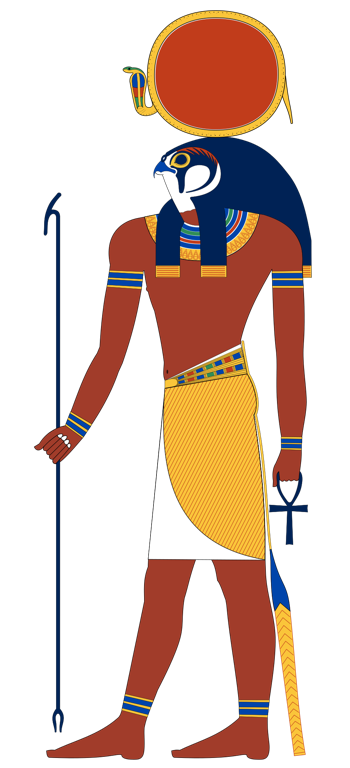
Ra (Atum) Egyptian God
Ra, also known as Atum, stands as one of ancient Egypt’s most revered deities, embodying the sun and creation. As the sun god, his daily journey across the sky depicts the cycle of life, death, and rebirth. The ancient Egyptians revered him as the king of gods, as well as the patron of the pharaoh and the creator of the world. His significance in Egyptian culture cannot be overstated, with his influence permeating religion, royalty, and the very understanding of life and the universe. Temples dedicated to Ra became centers of worship and learning, attracting followers who sought to honor his divine authority and wisdom.
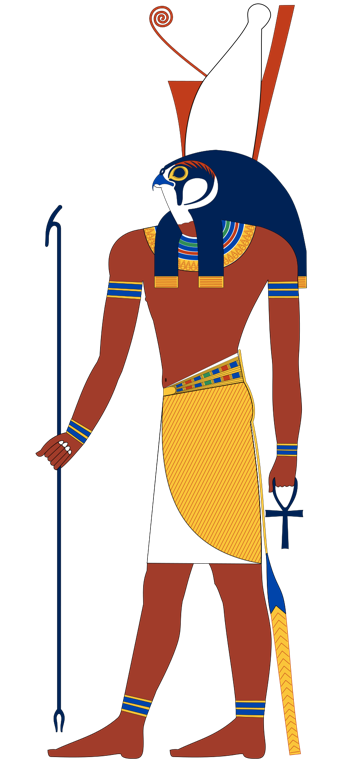
Horus Egyptian God
Horus stands as one of the most significant deities in ancient Egyptian mythology. The ancients revered him primarily as the sky god, with his eyes representing the sun and the moon. Born to Isis and Osiris, Horus embodies the theme of rightful succession. He avenges his father’s death at the hands of the usurper Seth, in a tale that captivates the struggle for power and order over chaos. Horus’s story underscores the pharaohs’ divine right to rule, as they were often equated with Horus. This link reflected their role as protectors of the realm and upholders of ma’at, the principle of cosmic balance and order.

